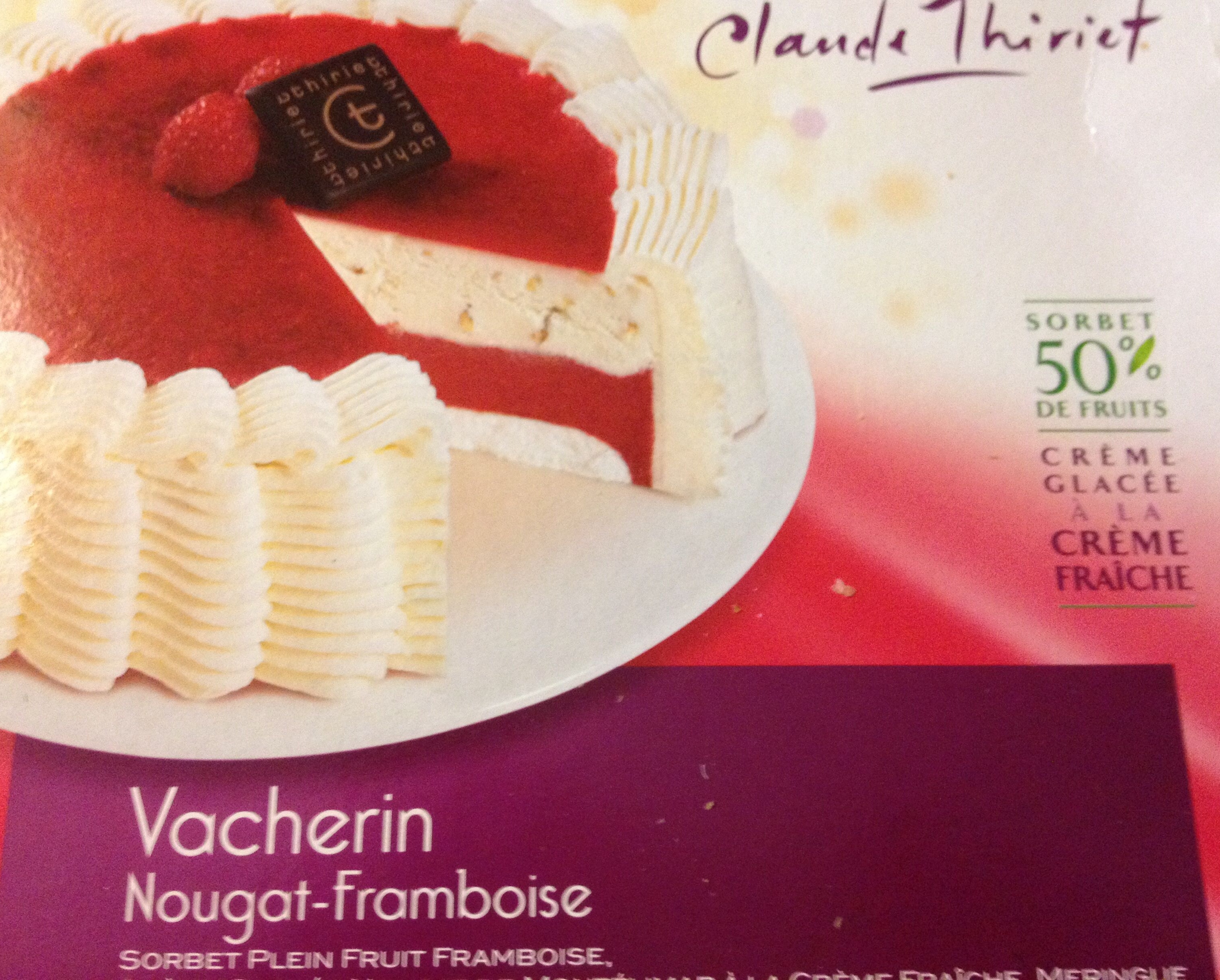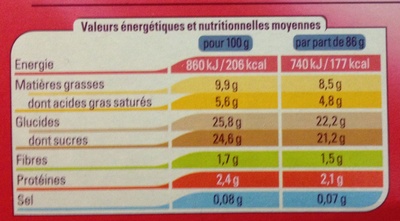Vacherin nougat-vacherin - Thiriet - 1000 ml
Important note: this product is no longer sold. The data is kept for reference only. This product does not appear in regular searches and is not taken into account for statistics.
Barcode: 3292590448103 (EAN / EAN-13)
Common name: Dessert glacé
Quantity: 1000 ml
Brands: Thiriet
Categories: Desserts, Frozen foods, fr:gateaux-et-patisseries-surgeles
Traceability code: FR 88.158.001 CE - Éloyes (Vosges, France)
Link to the product page on the official site of the producer: http://www.thiriet.com/produits/glaces_d...
Stores: Thiriet
Countries where sold: France
Matching with your preferences
Environment
Packaging
Transportation
Report a problem
Data sources
Product added on by agamitsudo
Last edit of product page on by stephane.
Product page also edited by jeremy64, segundo, tacite.
If the data is incomplete or incorrect, you can complete or correct it by editing this page.











